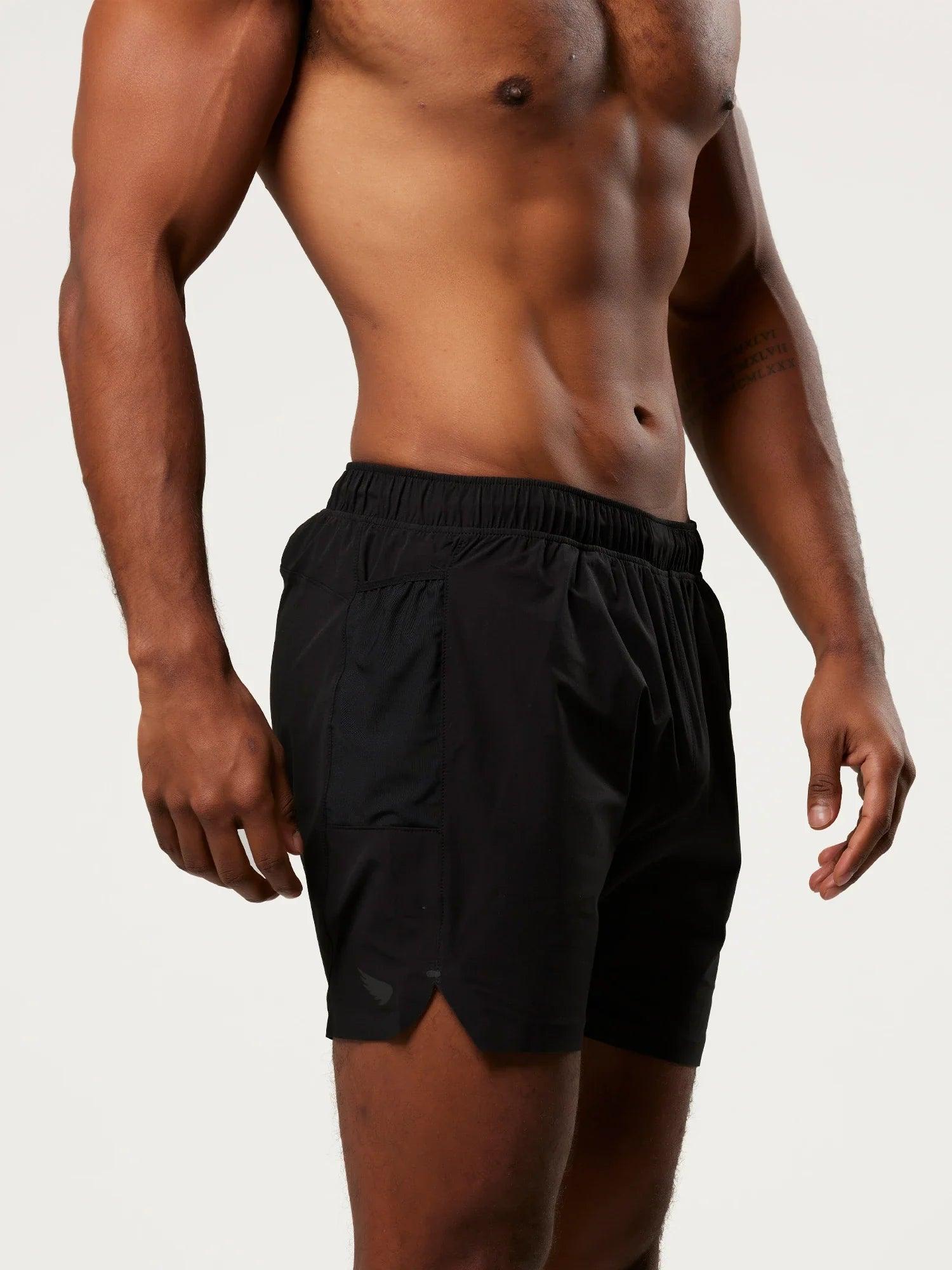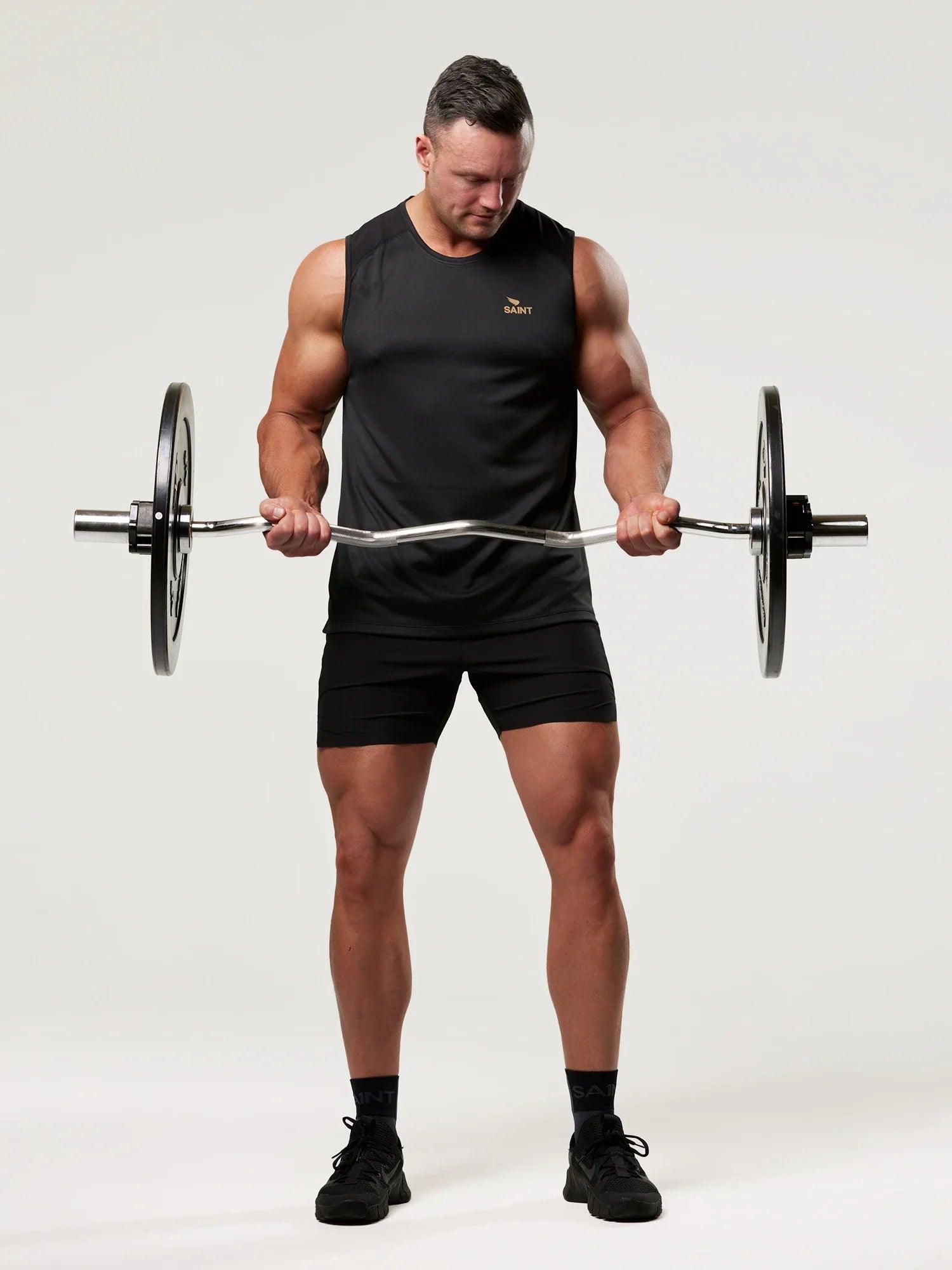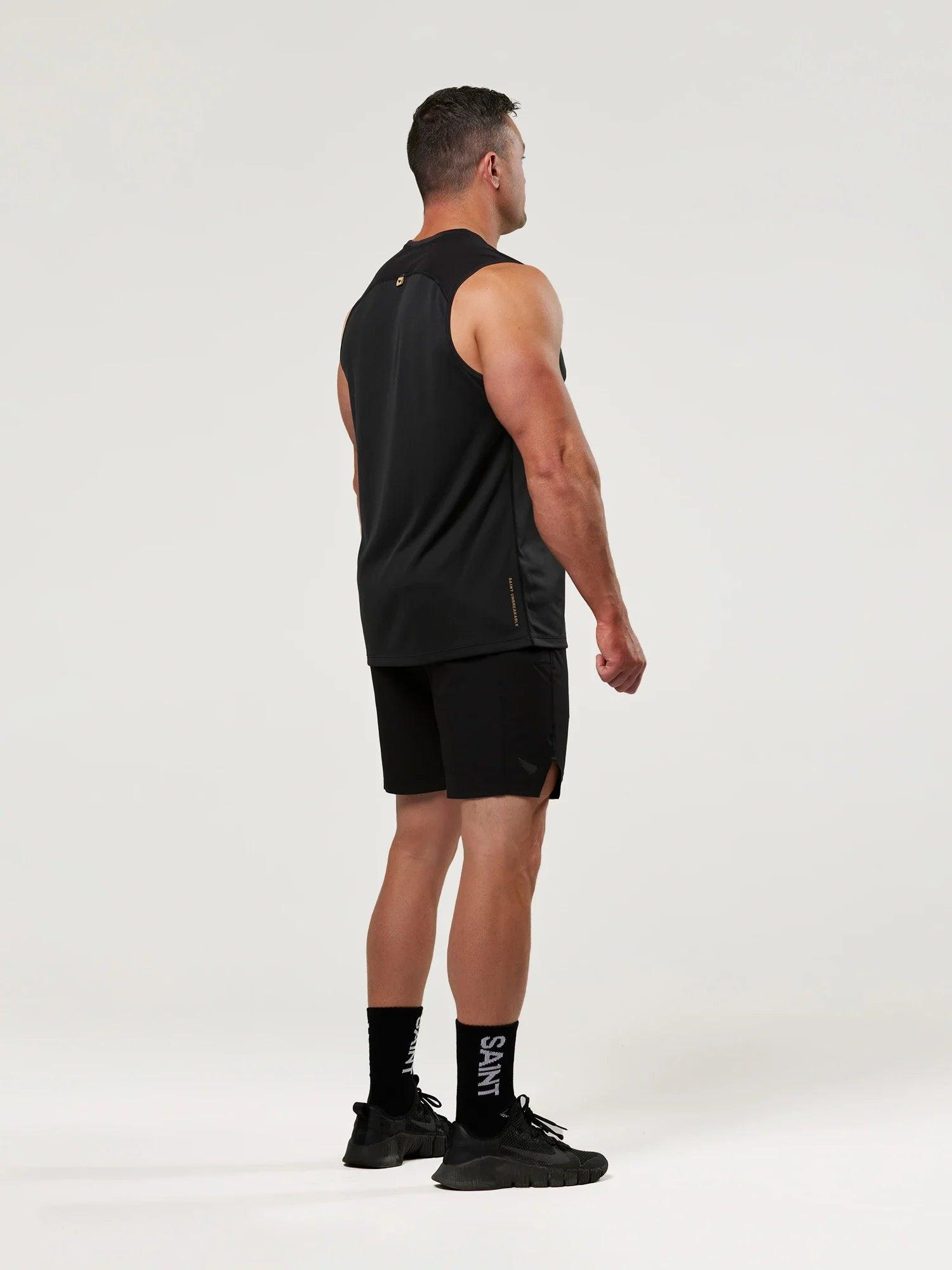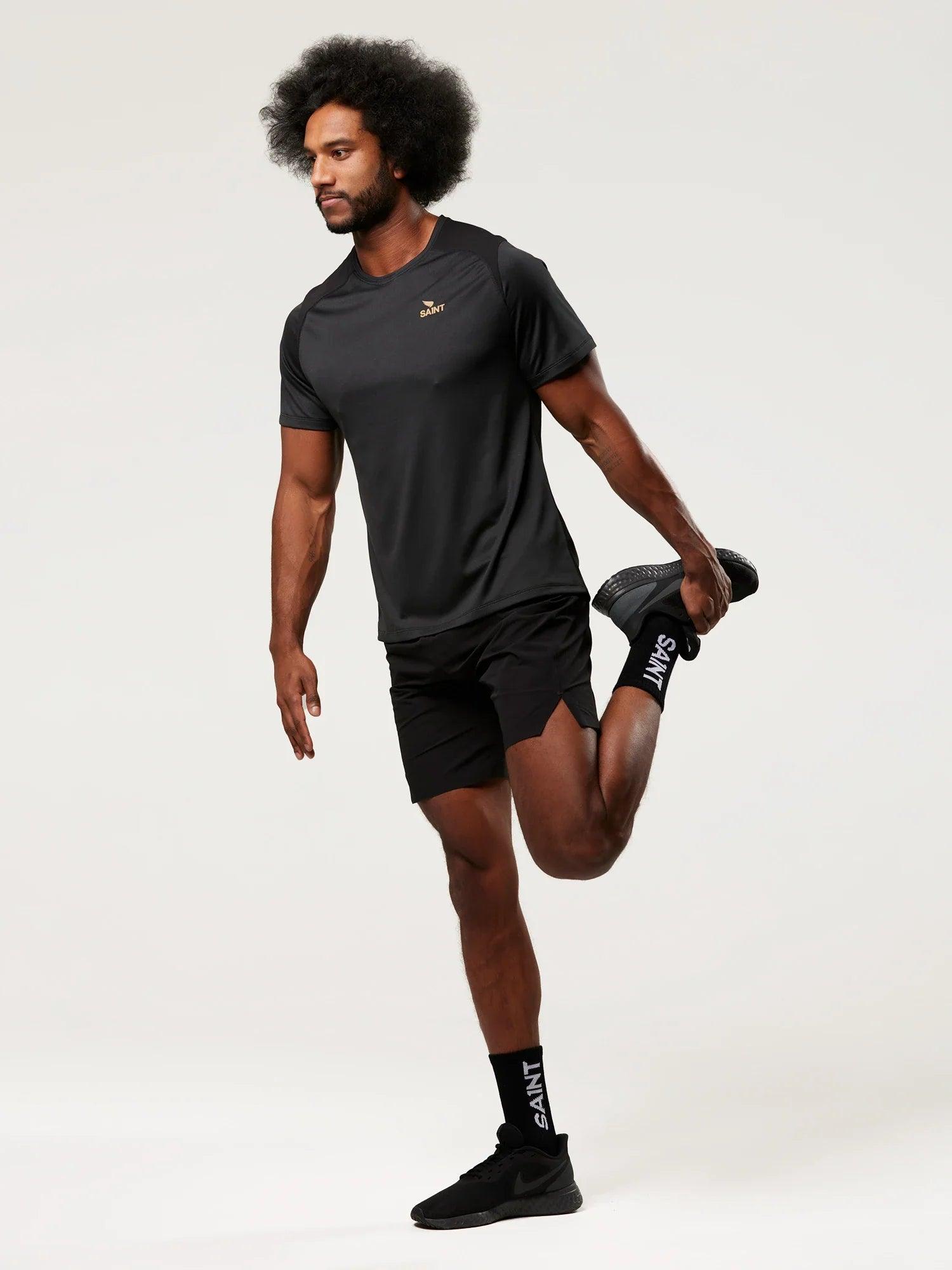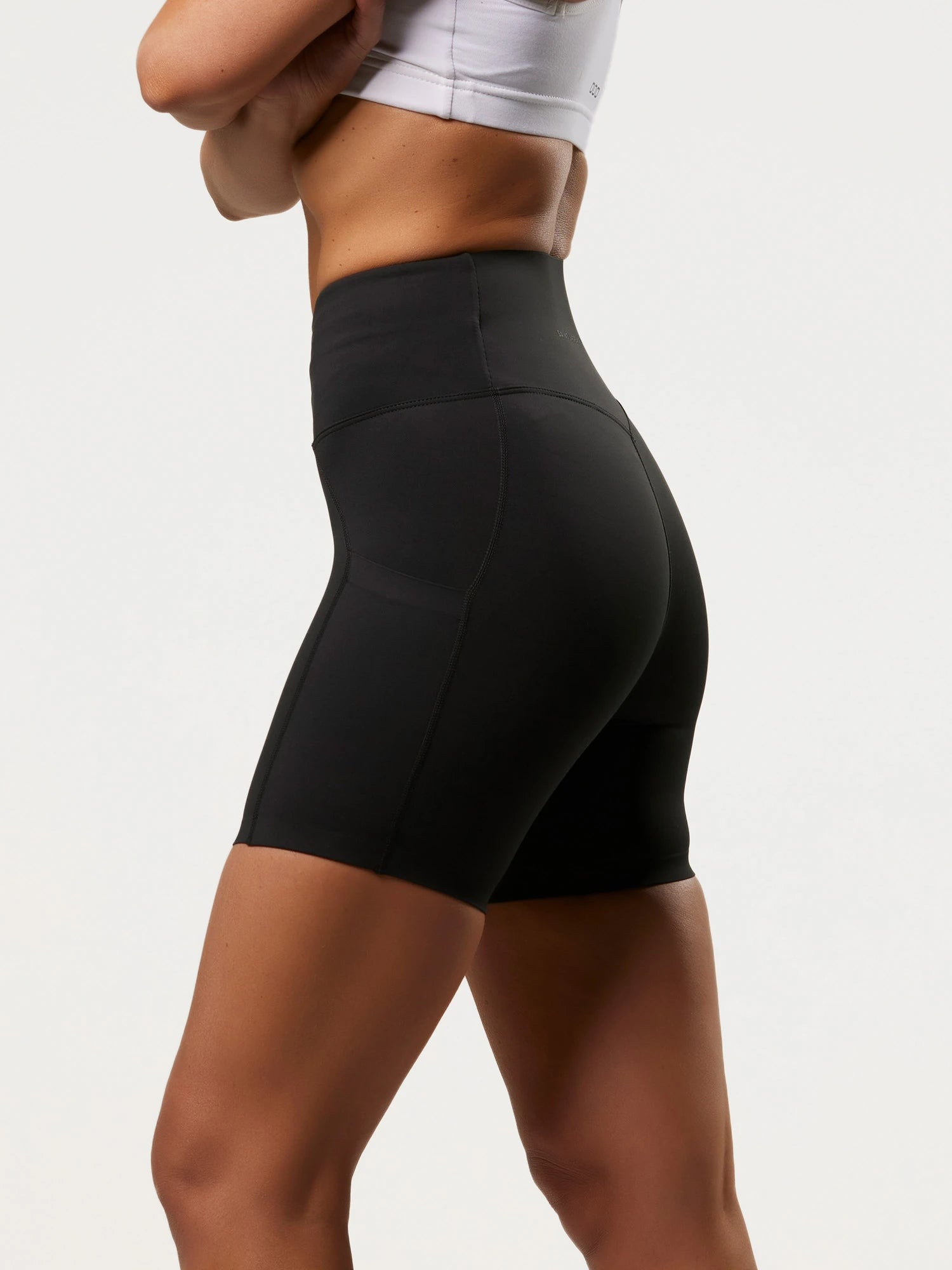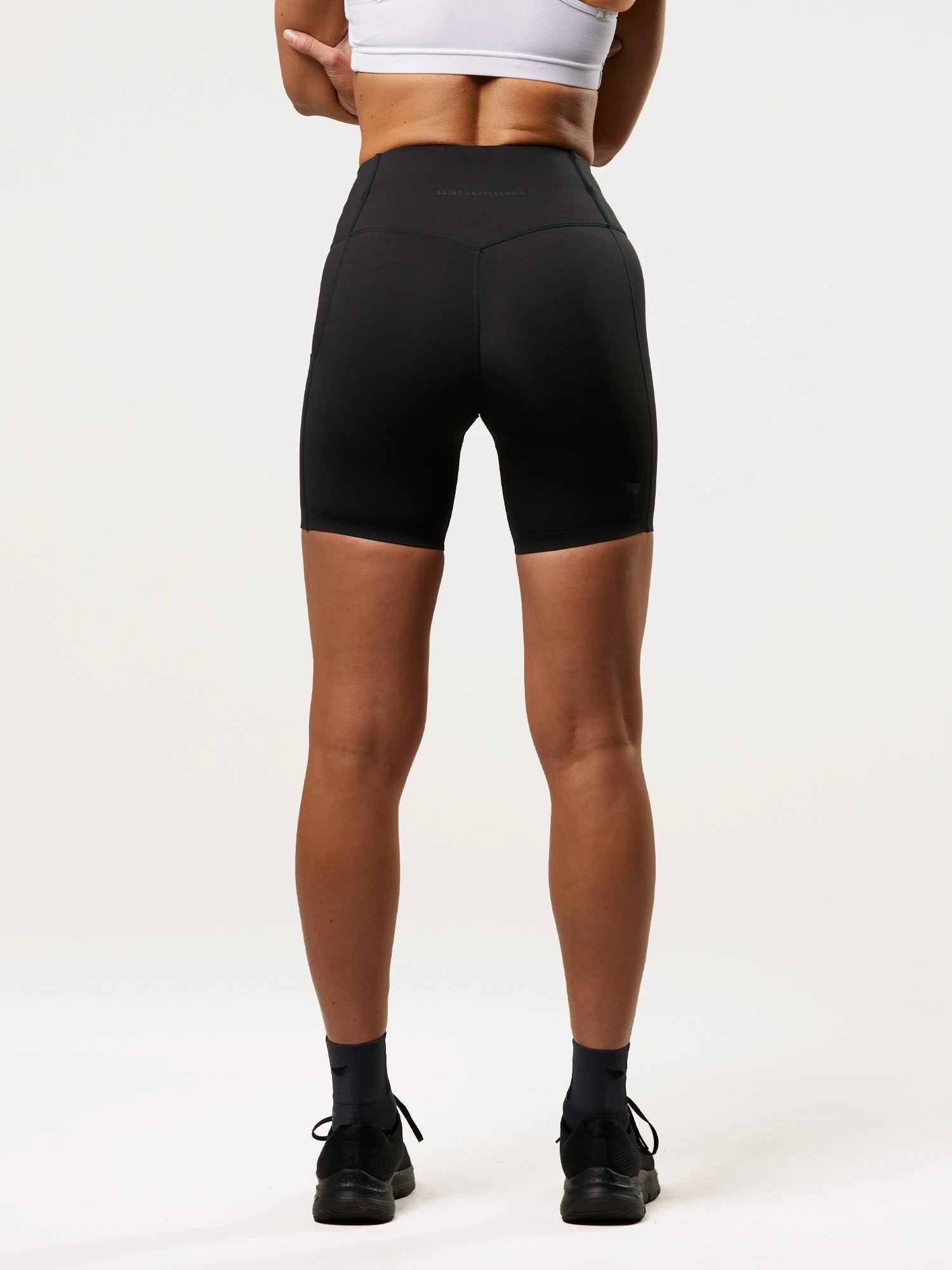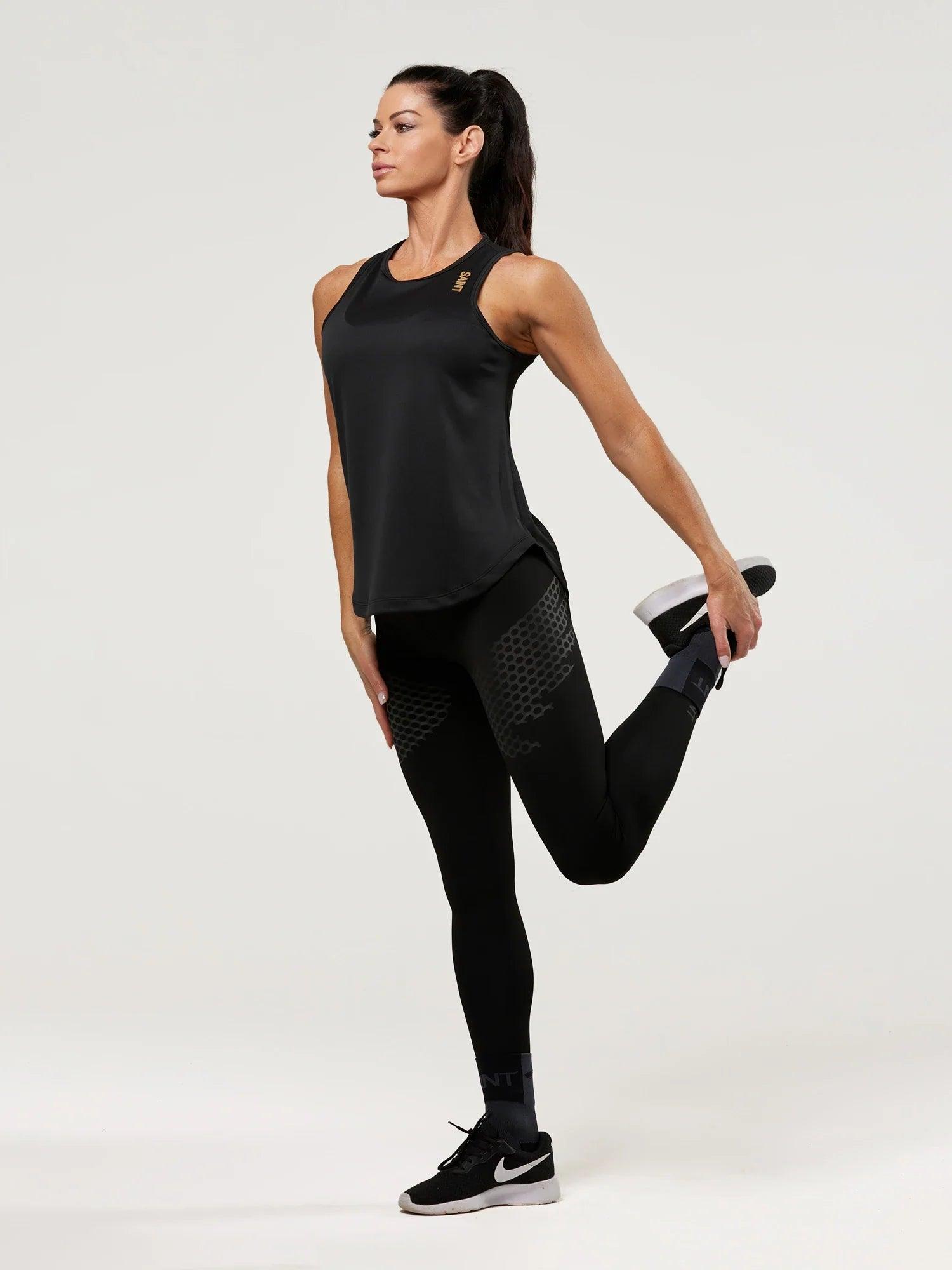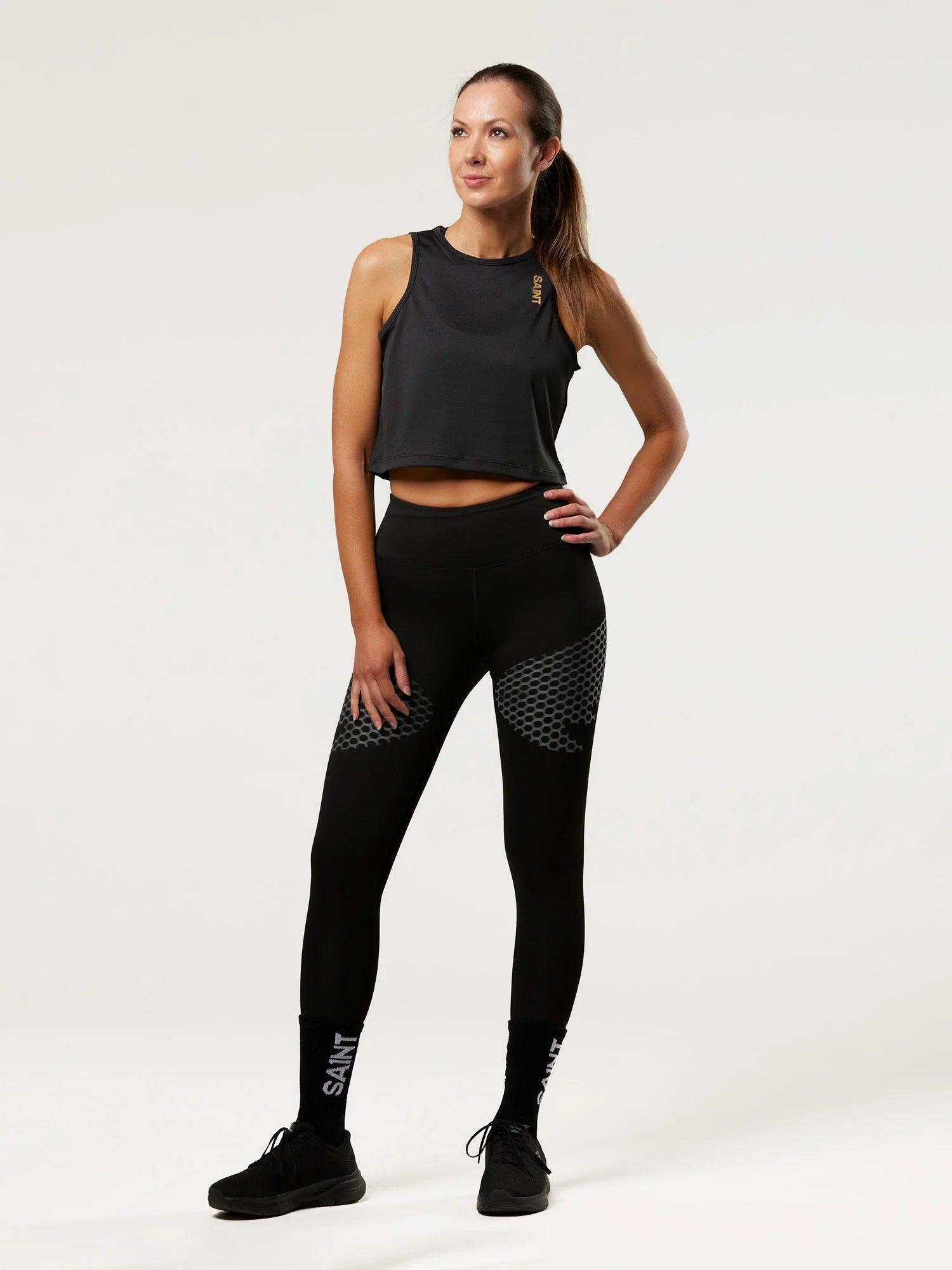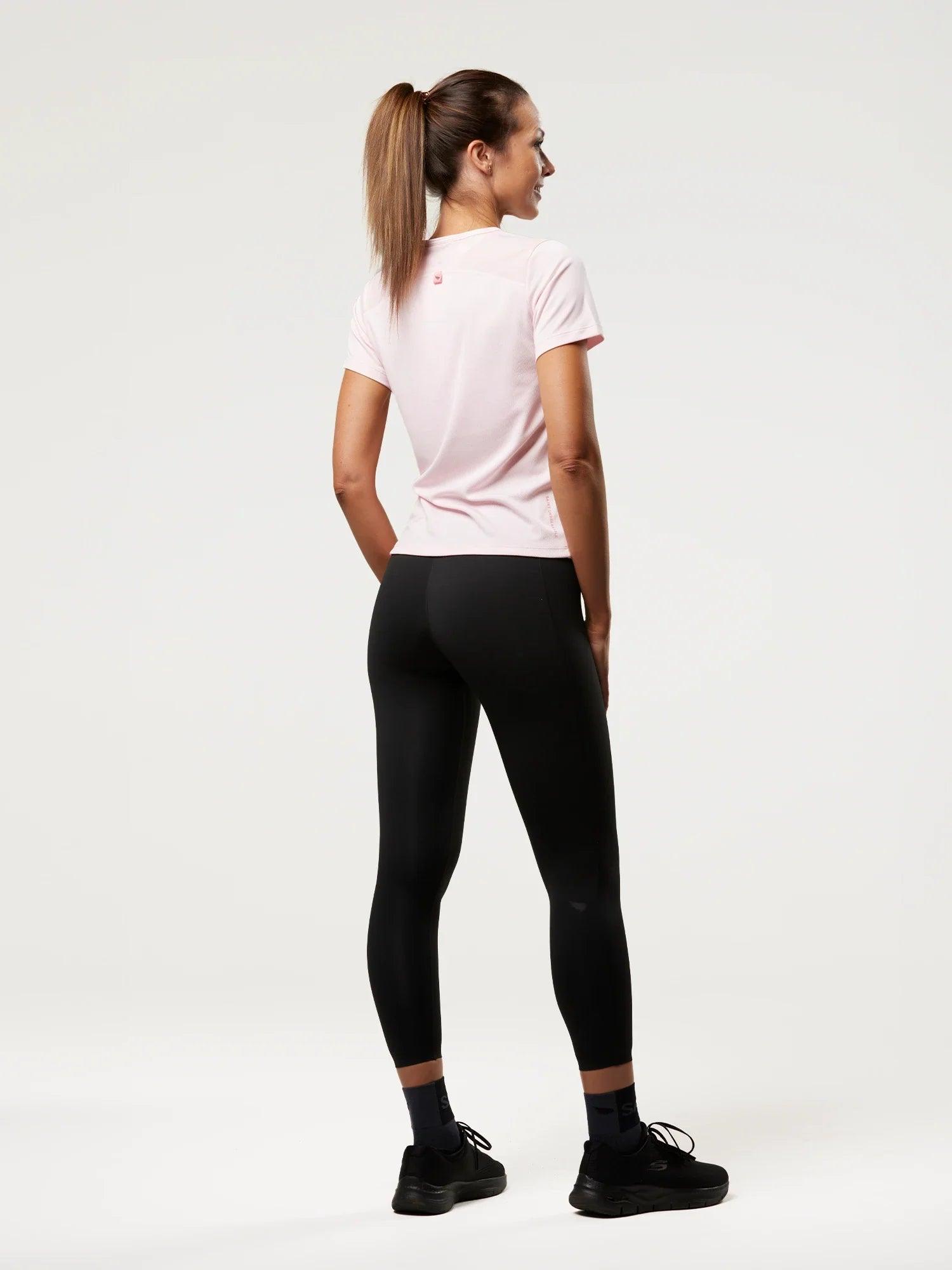A quick morning stretch is one of the best ways to fire up your body and your mind. If your current morning routine consists of waking up and reaching for the phone, try ditching that habit and start your day on the right track instead.
There's still ongoing debate about exactly how effective stretching exercises can be, so we always recommend finding what works best for your body. As the saying goes: listen to your body - it's smarter than you!
So if you want to add some stretching to your morning routine, we've put together a program to help get you started. We'll also discuss the benefits of regular stretching and provide additional tips, so you can stay at your very best when hitting the track or the pavement.
Benefits of Morning Stretches for Runners
Improved Flexibility
Reduced Muscle Stiffness
Enhanced Blood Circulation
Prevents Injury
Improved Mental State

Better Running Performance
Reduces Stress
Types of Stretches You Can Do Before Running
Static Stretches
Static stretching is a more conventional style of stretching. It involves holding a single, fixed position for a prolonged period, usually around 15-30 seconds. Their main purpose is to loosen your muscles and improve overall flexibility.
The best time for static stretching is during a post-workout cooldown or in a separate stretching session like a morning stretch. Static stretching aren't meant to be done pre-workout, but are instead used to increase your overall range of motion and flexibility.
Examples of static stretches
Standing quadriceps hold
- Stand up straight with your feet together
- Bend one knee so that your heel comes up towards your bottom
- Grab your ankle or foot
- Stand up straight, with your bent knee in line with the other knee. Hold the position for 15-30 seconds
- Apply a small amount of pressure if you want to increase the stretch
- Slowly lower your leg and repeat the process with your opposite leg
Knee-to-chest

- Lie flat on your back in a straight line, with your heels on the floor
- Bend your right leg so your knee comes up to your chest , keeping your left leg straight
- Put your hands on the top of your shin to hold the position in place
- Hold the position for 30-40 seconds. You can gently pull to increase the stretch
- Lower your right leg and repeat with the opposite leg
Kneeling hip flexor stretch

- This exercise targets your gluteal muscles and loosens your hips. Start by kneeling down with your left foot forward in front of you at a 90 degree angle
- Put your left hand on your left knee. Your right arm should be resting on your right hip
- Gently come forward, putting your weight on your left ankle.
- Hold for about 60 seconds then change legs.
Dynamic Stretches
A dynamic stretch is a more active movement that takes a joint or muscle through a full range of motion. Unlike static stretches, these are rhythmic and continuous.
Dynamic stretching increases blood flow, warms up your muscles and prepares your body for intense physical activity. They're best performed pre run or before playing a sport, as they enhance muscle performance and decrease your risk of injury.
Examples of dynamic stretches
Leg swings

- Stand next to a wall or stable object and use one hand to support yourself
- With your left foot on the ground, bend your right knee upwards in front of you to a 90 degree angle
- Now bend your right leg backwards until it extends straight out behind you
- Repeat 10 times and then switch legs. This stretch targets the hip flexors
Butt kicks

- Stand up with your feet flat on the ground as your starting position
- In a standing position, bring your left knee up to your butt. Now do the same with your right knee
- Now start to pick up the pace. As you pick up speed you'll feel those tight muscles start to loosen
- As you build momentum, feel free to start swinging your arms as well. This will bring your upper body into the movement
- Keep the movement going for about 60 seconds
Stretching Safety Tips
- Stretching should never hurt, so don't aim for pain. The goal is to feel some slight tension. If it starts to hurt then you're overdoing it.
- Be realistic with your routine. If you're not used to a stretching routine then don't take on the hardest stretches you can find. It's tempting to rush things but gradual progression is the better way to go about it.
- Keep up your stretching. Aim to perform your stretches at least two to three times a week to build up consistency.
- If you have an injury or chronic condition then use caution and common sense. Overworking a sore body part can be just as bad as neglecting it. Seek professional advice if you need a stretching routine that works around any body part you're having issues with.
Target Areas for Runners
A Sample Morning Stretch Routine
If you're keen to start a morning stretch routine, we've put together a beginner-friendly program to get you started. As you get used to stretching you might add or remove exercises, but this routine is a great starting point.
Conclusion
Sticking to a regular stretching routine is an awesome way to take your running to the next level. No matter what level of runner you might be, keeping your body at its best should always be a high priority. For more running and fitness tips, don't forget to subscribe to our newsletter.
Frequently asked questions
WHAT ARE THE MOST EFFECTIVE MORNING STRETCHES TO INCORPORATE INTO A RUNNER'S DAILY ROUTINE FOR IMPROVED FLEXIBILITY AND PERFORMANCE?
Here are some of the most effective morning stretches to incorporate into a runner's daily routine for improved flexibility and performance: - Supine spine twists - Leg swings - Hip flexor stretch - Standing calf stretch - Glute stretch
HOW CAN MORNING STRETCHES SPECIFICALLY BENEFIT RUNNERS BY PREVENTING INJURIES AND ENHANCING OVERALL RUNNING EXPERIENCE?
Morning stretches can benefit runners by preventing injuries and enhancing overall running experience in a number of ways. Regular stretching reduces muscle tension and increases overall flexibility, which can help prevent common running injuries like strains, sprains and overuse injuries. Stretching out your muscles can enhance your overall running experience by keeping your muscles fit and firing. Stretching increases flexibility and reduces stiffness, so your body can perform better and recover faster then ever.
WHAT IS THE IDEAL DURATION AND FREQUENCY FOR MORNING STRETCHING ROUTINES DESIGNED FOR RUNNERS TO ACHIEVE OPTIMAL RESULTS?
So what, if any, is the ideal duration and frequency for morning stretching routines designed for runners to achieve optimal results? It depends on the runner. We recommend starting with a light, ten minute stretching routine if you're just starting out. As you become more flexible and conditioned, you can start adding tougher exercises to your routine. In any case, try not to overdo it. 30 minutes, for example, is way too long to be stretching and is unsustainable. Stretching anywhere from 5-15 minutes is fine.
ARE THERE ANY KEY CONSIDERATIONS OR PRECAUTIONS RUNNERS SHOULD KEEP IN MIND WHEN PERFORMING MORNING STRETCHES TO ENSURE SAFETY AND EFFECTIVENESS?
Lastly, are there any key considerations or precautions runners should keep in mind when performing morning stretches to ensure safety and effectiveness? The most important thing any athlete can do is to listen to their body. If something is hurting you or feels wrong, stop doing it. Know the difference between pushing yourself and hurting yourself. Start light if you're not used to a stretching routine. Jumping straight into a tough regimen will overstrain your muscles and can be pretty stressful as well. Instead, gradually build up your flexibility until you're ready to take on some tougher stretches.












